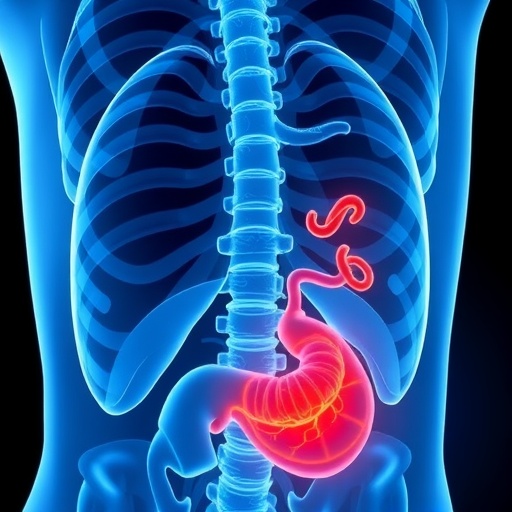Foods should be investigated as a potential source of spread of Clostridium difficile, according to research presented at the 27th European Congress of Clinical Microbiology and Infectious Diseases (ECCMID) [1].
Clostridium difficile (C. difficile) causes gut infections and can be particularly dangerous for elderly patients. Because it is resistant to commonly used antibiotics it can emerge in patients who are already being treated in hospital for unrelated conditions.
The new research used DNA fingerprinting to examine which particular types of the bacteria were causing infections in patients and how widely they are distributed in Europe.
Some strains were found clustered within a particular country, suggesting they were possibly being passed around within hospitals — a well-recognised route of transmission. However, because some other strains were found dispersed in several different countries, this adds weight to the idea that C. difficile could also be transmitted via our food.
The research was presented by Dr David Eyre, a clinical lecturer at the University of Oxford, United Kingdom. He explained: "We know that C. difficile lives in the gut in a small proportion of healthy people, where it causes no symptoms. However, its resistance to antibiotics means it can grow uncontrollably in patients treated with the drugs, causing diarrhoea that can be severe or even fatal. It is the most frequent cause of infectious diarrhoea in hospitalised patients, and the increase in the use of antibiotics has allowed C. difficile to spread more effectively.
"Lots of effort has gone into controlling its spread including infection control interventions such as hand washing campaigns, and reducing the use of antibiotics that can lead to infection. Despite these measures, people are still getting C. difficile infections and the routes of transmission are not completely understood."
Other sources of transmission that have been suggested include asymptomatic patients, children — who carry C. difficile more commonly than adults — and farm and domestic animals.
The new research included all the stool samples submitted on one day in summer and one day in winter in 2012/2013 from 482 European hospitals [2]. Dr Eyre and his team selected the ten most common types of C. difficile found in the samples. In each case, they used DNA fingerprinting to examine how widespread the type was within countries and between countries.
Dr Eyre told the congress: "We know that C. difficile infection can spread within hospitals. If this was the only route of transmission, we would expect to see each type of the bacteria concentrated within one area. However, because we also saw some types that were spread around several countries, this suggests the bacteria are moving around by other means."
The research indicated that five of the types were clustered within countries while five others were not. One type, for example, was found in Bulgaria, the Czech Republic, Finland, France, Germany, Hungary, Italy, The Netherlands, Poland, Romania, Slovakia, Spain, Sweden and the UK.
Another type which was spread around Austria, France, Germany, Greece, Ireland, Italy, Portugal, Spain and UK has previously been associated with pig farming.
Dr Eyre continued: "We don't know much about how C. difficile might be spread in the food chain, but this research suggests it may be very widespread. If that turns out to be the case, then we need to focus on some new preventative strategies such as vaccination in humans once this is possible, or we might need to look at our use of animal fertilisers on crops.
"This study doesn't give us any definitive answers, but it does suggest other factors are at play in the spread of C. difficile and more research is urgently needed to pin them down."
To investigate further, Dr Eyre hopes to repeat the study but, at the same time, obtain samples from food, the wider environment and hospitals, to better understand where the source of infection might be.
###
Media Contact
Kerry Noble
[email protected]
44-074-468-69433
http://www.escmid.org/
############
Story Source: Materials provided by Scienmag




